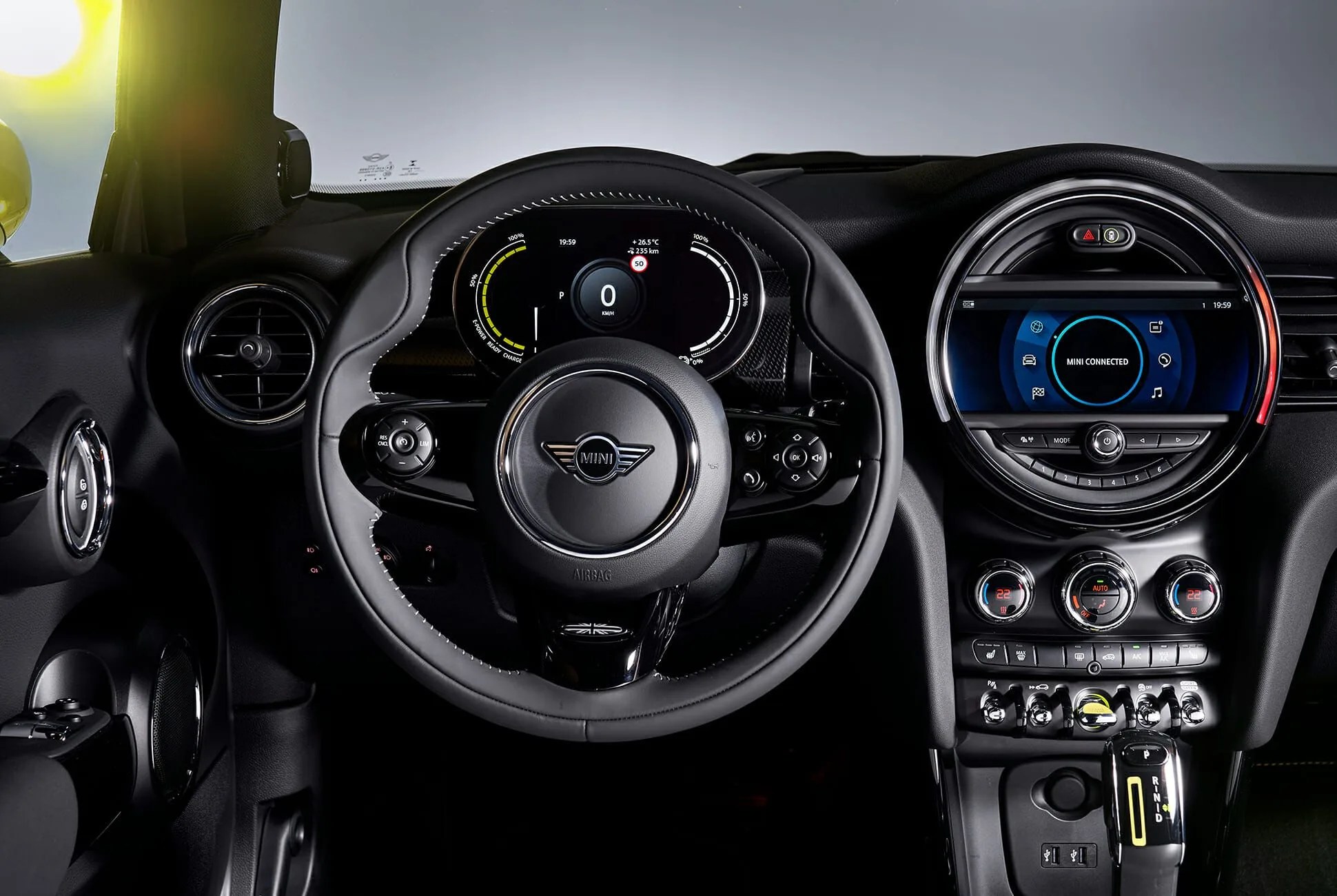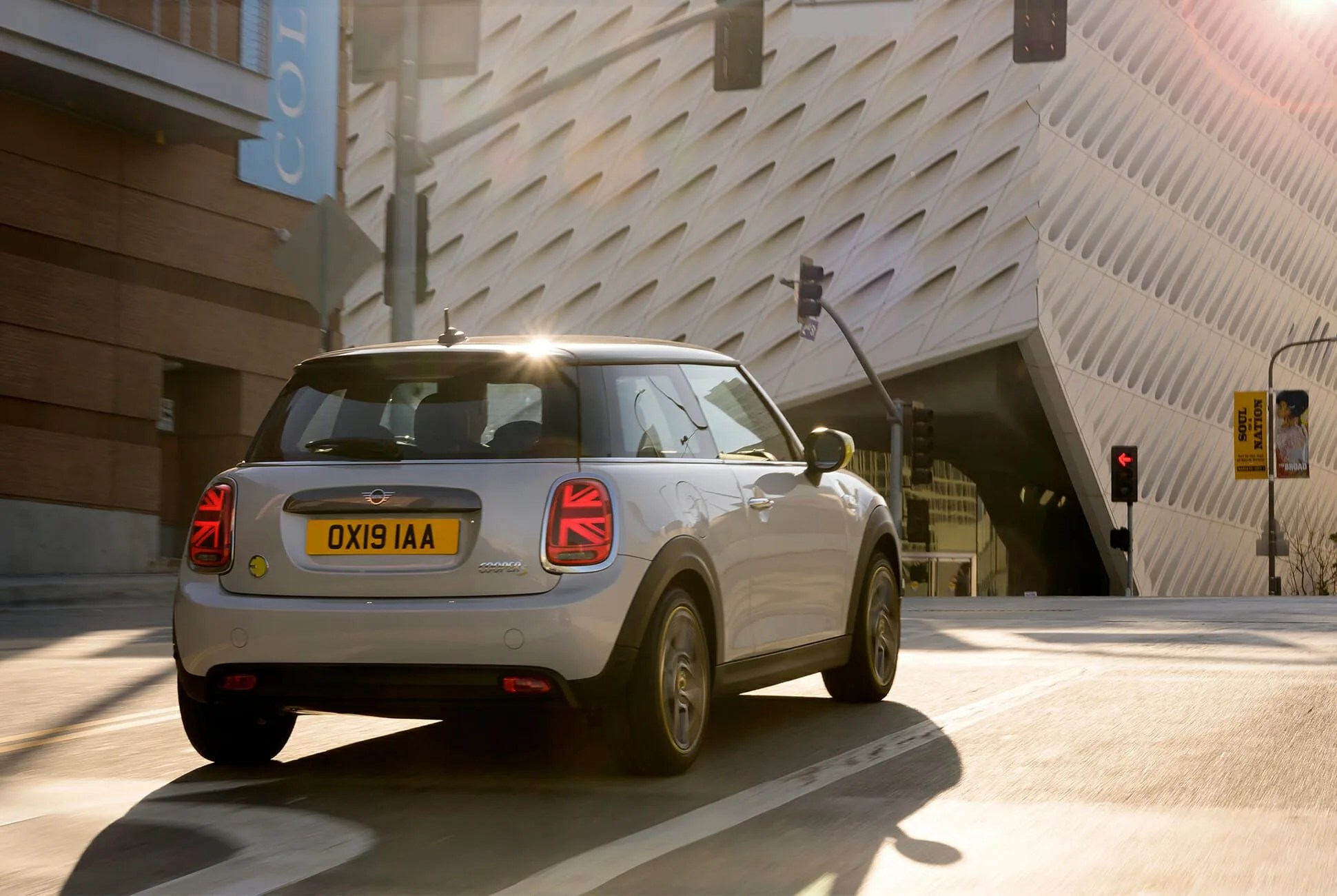4 photos
Mini has finally released pricing information for its new all-electric Mini Cooper SE. Surprisingly enough for a brand known for selling compacts that can push past $40,000, the new electric car offers a tremendous value proposition that could redefine the EV market — but it will require Americans to reconsider their thoughts on EV range.
The Mini Cooper SE starts at just $29,900, before the federal tax credit of $7,500. That credit would bring the effective cost down to $22,400 — $500 less than the base gas Mini Cooper hardtop. Additional state tax credits could see buyers end up paying just $17,900.
For that price, buyers will receive pretty reasonable performance. The Mini Cooper SE will have 181 horsepower and 199 lb-ft of torque, and accelerate from 0-60 mph in 6.9 seconds. Those figures are hardly “ludicrous,” as Elon Musk might say, but they are about on par with the gas-powered Mini Cooper S ($27,900) and the BMW i3s.
The catch for the Mini Cooper SE (and it’s a big one) is its range. Europe’s WLTP test cycle says the Mini Cooper SE can travel between 146 and 168 miles on a charge. The EPA range isn’t known yet, but it may be a bit below that, as the American test cycle tends to be a bit harder on cars. That’s more mileage than most drivers will use in the average day, but it’s much less than the minimum 200 miles of range most EV manufacturers have targeted. (BMW, it should be noted, offers the similarly-ranged i3 with a gasoline-powered range extender engine.)
The Mini Cooper SE’s cost, however, may convince buyers to rethink that range anxiety. Sure, 100 extra miles of range might make the move to an EV go down easier. But is that added capability worth paying far more for, say, the Hyundai Kona EV? The Mini Cooper SE could make that conversion more reasonable to a broader part of the population, but only if people reevaluate how much range they really need.





